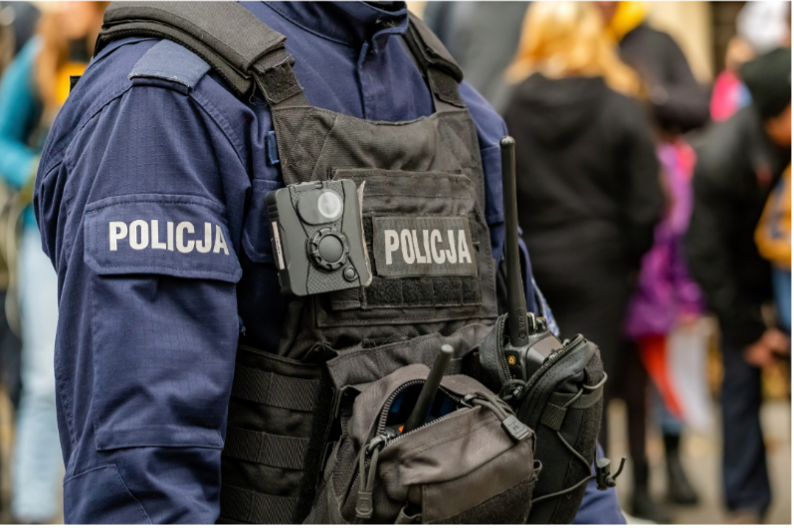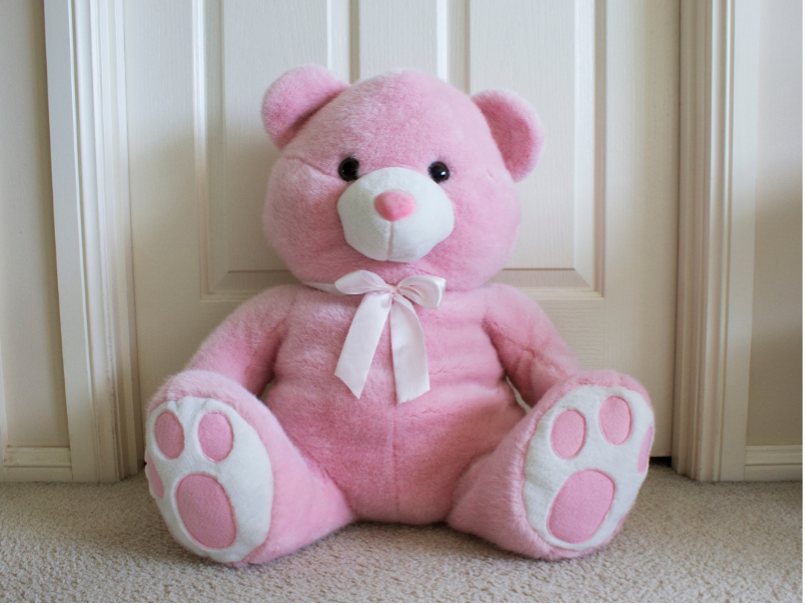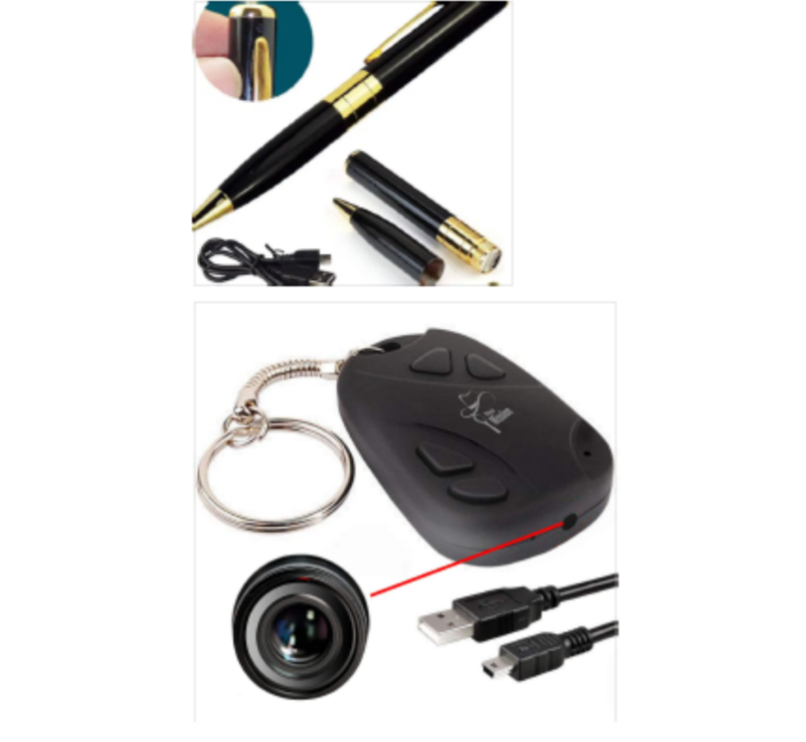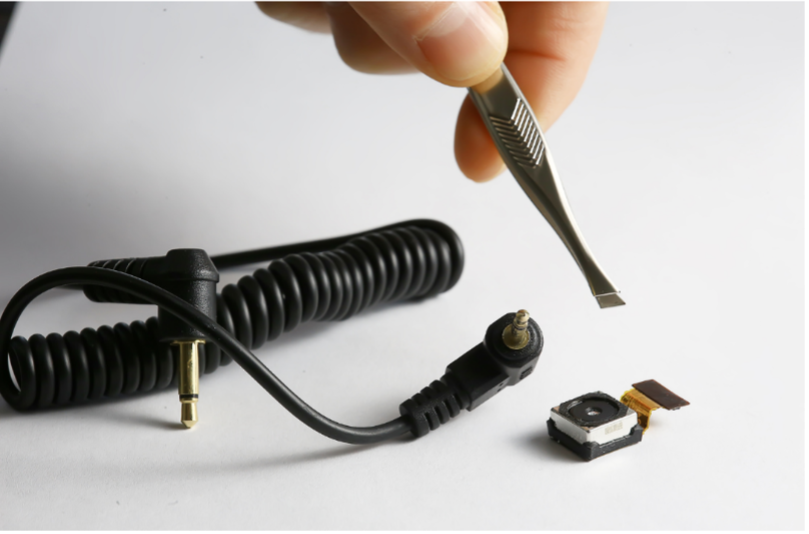Covert cameras have a fascinating history that goes back a long way and evolved from their modest start to a wide range of applications. Let us explore the fascinating world of cover-up cameras and trace how they have evolved over the years.
1.1 Early Inventions
The concept of the secret camera dates back to the late 19th century when inventors began experimenting with recording images in secret. One of the earliest inventors to create a device that could record moving images in secret was French inventor Louis Le Prince. His invention, however, was lost to history and did not receive the recognition it deserved.
The second significant breakthrough came in the early 20th century when Walter Bruch, a German engineer, developed the first portable 35mm camera. This breakthrough made covert photography more accessible and led to further advancements in hidden cameras.
1.2 Military and Surveillance Applications
During World War II, covert cameras played a crucial role in military and intelligence operations. Small cameras were strategically placed inside ordinary objects such as pencils, buttons, and even fake animal feces. These covert devices enabled soldiers and spies to take valuable information without being noticed.
As technology developed, hidden cameras began to be more used in law enforcement and surveillance. The government began employing them to monitor criminal activity, safeguard public places, and capture evidence for criminal investigations. Cameras continued to grow through the years as a necessity in enhancing security and ensuring public safety.
1.3 History in Hidden Camera Development
The development history of hidden camera technology has been impressive. From being wired to wireless, and even the use of body-worn cameras, the producers have been continuously pushing the boundaries of technology. High-definition image sensors, compactness, and extended battery life have all enhanced their performance.
Today's covert cameras are more sophisticated than ever, equipped with remote viewing, motion detection, and live streaming. With such features, they have become more versatile, discreet, and high-quality enabled in many different settings.
2. Types of Hidden Cameras
Hidden cameras come in countless forms and shapes, each for specific use. Let us go through the different types of hidden cameras on the market today.
2.1 Wired Hidden Cameras
As the name suggests, wired hidden cameras must be physically plugged into a power supply and recording device. These are commonly used in offices, stores, and homes where there is a steady supply of power.
While wired cameras offer good and reliable surveillance, they are not easy to install. It requires a lot of planning to conceal the wires so that the discreetness of the camera is maintained.
2.2 Wireless Hidden Cameras
Wireless covert cameras are becoming highly sought after due to their ease of installation and flexibility. Wireless video transmission from the cameras is received by a receiver, phone, or computer, eliminating the need for extensive cabling.
They can be concealed within household items so they are ideal for rented properties, temporary installations, and spaces that lack a permanent power supply. However, they are prone to signal interference and range.
2.3 Body-Worn Cameras
Body-worn cameras, a term traditionally associated with police force, are increasingly used in other professional fields. Fitted on accessories or clothing, these cameras provide a first-hand perspective for recording video and audio evidence.
Not only do body-worn cameras help towards a transparent and accountable police force in dealing with public, but these cameras are increasingly sought after by media, security firms, and emergency response teams.

2.4 Nanny Cams
The very name tells us, nanny cams are hidden cameras designed to monitor caregivers and childcare providers. Disguised as common household items, they are typically installed in nurseries, living rooms, and playrooms.
Nanny cams provide peace of mind to parents who can oversee from a distance their child's safety and welfare. Nanny cams also prove useful in case evidence is required of abuse or neglect. Still, so as not to breach privacy rights, they should be used under the prescribed law and ethics.

2.5 Spy Pens & Keychain Cameras
Spy pens and keychain cameras are hidden surveillance devices embedded in common objects. Even though they appear as regular pens or keychains, surreptitiously they have cameras for surreptitious recording.
They are extremely small and light and can be used to record talk, take evidence, or for personal protection purposes. They can be carried and concealed with ease.

3. Legal and Ethical Considerations
Although concealed cameras have numerous practical applications, it is important to be aware of their legal and ethical implications. It is important to respect privacy rights and follow legal guidelines when employing surveillance technology.
3.1 Privacy Laws and Regulations
Privacy laws differ from place to place, so it is essential to be aware of local laws. Generally, individuals have a reasonable expectation of privacy in some locations, including homes, hotel rooms, and bathrooms. Recording in these places secretly without permission can have legal repercussions.
Further, recording laws also vary by geographical location. It is illegal in some regions to record conversations without the knowledge and consent of everyone participating. Adhering to and staying in compliance with legislations prevents such potential legal ramifications.
3.2 Laws Related to Surveillance
Most nations also have regulations about using hidden surveillance cameras. There are regulations as to the permissible application of the use of such concealed cameras on public property, workplaces, and personal property.
For instance, employers are required to inform employees prior to instituting workplace monitoring. Disobedience of these rules can lead to legal consequences and erosion of employer-employee trust.
3.3 Consent and Disclosure
When employing covert cameras, consent and disclosure are paramount. In cases where people anticipate privacy, it is vital to obtain consent prior to recording.
Consent should be informed, voluntary, and revocable. Individuals should be informed of the presence of the camera, purpose, and what will be done with images taken. Deceiving individuals or failing to obtain permission can lead to legal and ethical issues.
3.4 Ethical Use of Hidden Cameras
The application of hidden cameras needs to be suitably balanced between observation and the privacy right. The cameras must be utilized for suitable purposes, such as security, evidence collection, or the protection of vulnerable individuals.
Privacy boundaries respect, avoidance of unnecessary intrusion, and confidentiality are key aspects of ethical observation. Proper usage sustains trust and realizes security and safety objectives.
